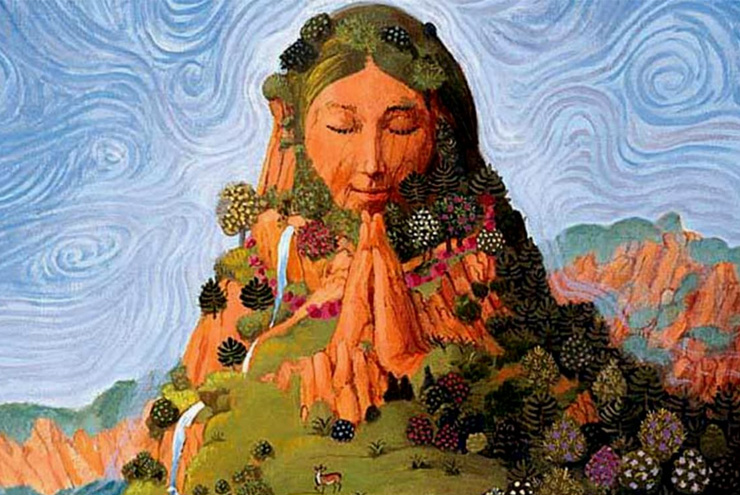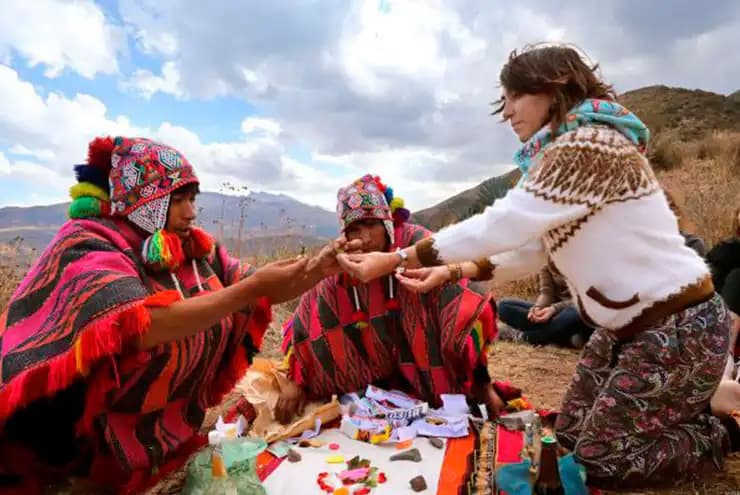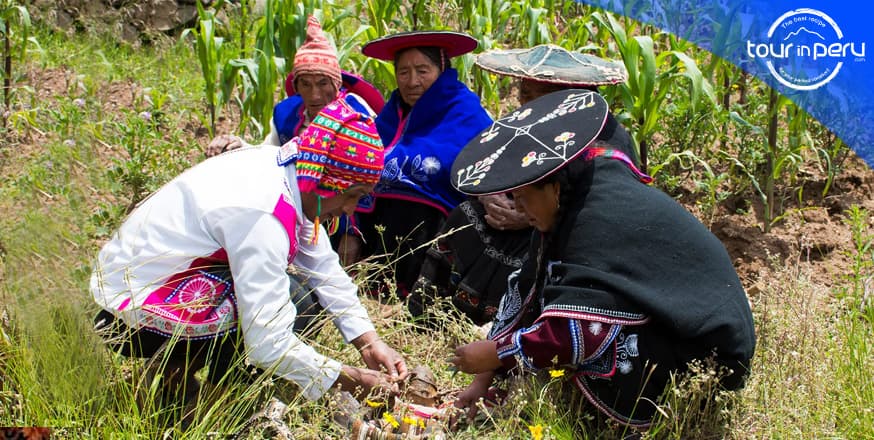Table of Contents
She was looked to for the blessing of planting and harvesting. She was angry whenever there was an earthquake. She was and still is, Mother Nature—She is Pachamama. one of the foremost deities of the ancient Incas. Her worship persists to this day. Who was she and why has she survived the “death” of so many ancient gods?
What Sort of Goddess Was Pachamama?
If you are familiar with the concept of Gaia or Mother Earth, then you have a good foundation to understand Pachamama. She was an ancient fertility goddess, the provider of everything that living creatures would need to sustain life.
The name Pachamama itself translates to “World Mother,” or “Mother Earth.” It’s appropriate to discuss her because her month is upon us: August.
August features festivals that celebrate the harvest and fertility of the land. Though she was considered kind, she wasn’t to be trifled with. If Pachamama ever felt that humans were taking too much from the land without giving anything back, she would communicate her anger with earthquakes.

How Was Pachamama Worshipped?
Understandably then, avoiding earthquakes was a priority among the ancient Incas. To ensure that Pachamama would smile upon them, the ancient Incas made regular offerings to her. These ceremonies were known as pago a la tierra, or payment to the Earth. Traditional items offered to her consisted of coca leaves, chicha (a corn beer), and huayruro seeds.
There were occasions when the price of Pachamama’s favor was dire. Sometimes her smile came at the cost of sacrificing animals like guinea pigs or llamas. Other times she demanded sacrifices as valuable as the lives of children in a ritual known as Capacocha.
One of the most well-known documented instances of this ritual was the discovery of a 15-year-old Inca girl who was sacrificed more than 500 years ago on the top of a 22,000-foot volcano in Northern Argentina.
Her body was discovered in 1999 and is now on display in a museum in Argentina. She was apparently left to freeze to death. She was given coca leaves and alcohol—evidently to ease her passing. Modern readers have a difficult time understanding why the most advanced, accomplished, and sophisticated culture of the New World would bring such a fate upon their children.
The Incas were surrounded by violent, unpredictable catastrophes of nature. Some of those catastrophes ended cultures that came before them. It was easy to accredit such devastation to the anger of deities, and the Incas are not the first human society to resort to human sacrifice out of desperation. In the eyes of ancient people desperate to survive, the sacrifice of one life spared the loss of countless others.
Shrines to Pachamama we’re mostly supplied by the natural world. A hallowed rock could be a shrine to the Earth Mother, or the trunks of significant trees. She has been consistently portrayed in artwork as an adult female woman bearing harvests of coca leaves and potatoes.

How is She Worshipped Today?
Today, Pachamama worship consists of daily domestic rituals and regular annual festivals that are bigger in scope.
Domestic rituals include a simple drink offering. Before taking a drink of their chicha, people will pour a small amount out on the floor or the ground. This is essentially offering the first sip to Pachamama.
On the bigger end of things, there’s Martes de Challa (Challa’s Tuesday), a special worship day of the goddess. The festival includes burying food and throwing candy and burning incense, all meant to thank Pachamama for their harvests.
Very rarely will you observe the sacrifice of guinea pigs, but this still occurs among some of Pachamama’s adherents. Just as rare is the burning of llama fetuses.
The most important ritual of all is the Challa, or “Payment.” The ritual encompasses the entire month of August.
Devotion to Pachamama has spread beyond Andean culture and found a place in the New Age movement. Weekly ritual worship usually takes place on Sunday. Some worshippers have temples that house bowls of dirt to represent Pachamama as Mother Earth.

Pachamama has clearly left an impression on human history. This article scratches the surface on this part of ancient Inca beliefs. You can explore the culture for yourself when you visit ancient sites like Machu Picchu. Getting in touch with TOUR IN PERU can make that adventure a reality!






